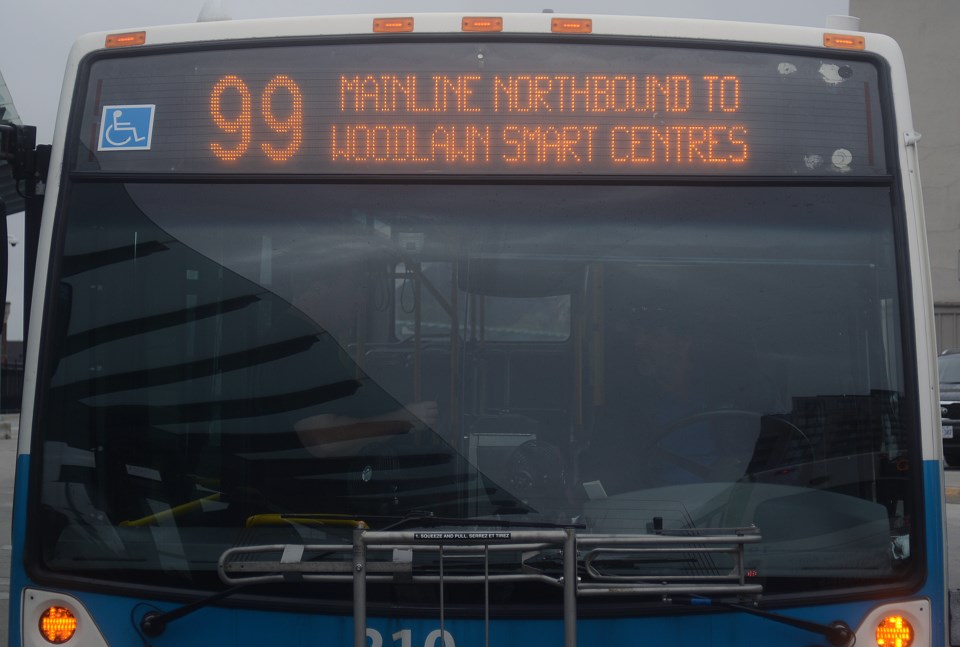A difference in opinion seems to exist between Guelph Transit’s general manager and the union representing the city’s bus drivers on the subject of whether or not there is a shortage of operators to cover the current workload.
A number of factors, including operators off work due to injuries, are resulting in a challenge covering all of the available city transit shifts, says the president of the local union representing full and part-time transit employees, who are currently in contract negotiations with the city.
Andrew Cleary, president and business agent for Amalgamated Transit Union Local 1189, said a recent realignment of routes by Guelph Transit seems to be positive overall.
“The route realignment seems to be working in the favour of the public, it just seems to be at this point we don’t seem to have enough bodies to cover the work,” said Cleary by phone Tuesday.
At issue, said Cleary, is a lack of bodies covering the ‘extra board’ — drivers without regular routes who cover the vacations, injuries and sick days of other operators.
“The workload hasn’t really expanded that much, it just seems like we are going through a drought — whether people are sick or injured. We have several people injured and that throws a wrench into the extra board,” said Cleary.
“The extra board is not full at this time. With a couple of hirings it could be,” he suggested.
Mike Spicer, general manager of Guelph Transit, said in a Sept. 28 GuelphToday article there was no driver shortage.
“No. The odd day we might have an operator who would call in sick but that’s not the reason we are having operational issues, because I have heard that rumour as well,” Spicer said at the time.
Cleary said he doesn’t believe the perceived shortage of bus drivers is directly related to the recent realignment of routes by Guelph Transit, but noted operators are receiving additional stress due to interaction with some members of the public frustrated with delays.
“Take it easy on the driver. We’re the ones out there trying to move the system along,” Cleary said.
Cleary said he believes ridership will adjust to the new timing of the routes.
“Anytime you have changes, especially within the transit industry, it takes a bit of rethinking of how your trip should go. With the 99 travelling across town, that should alleviate some of the congestion — but if everyone is trying to get on that same 7:30 bus and the 7:40 is half empty, those are the types of patterns people will figure out,” he said.
In the summer of 2014, members of ATU Local 1189 were locked out by the city for about two weeks after having been without a contract for more than a year.
Spicer has said Guelph Transit will use the approximately three weeks of data they have collected since the realignment to examine the possibility of further tweaking the routes.
Cleary said he wishes the city would accept more feedback about possible adjustments to the routes directly from the operators.
“(Management is) relying on their data more so than the reality of the route. I have always said you need the human factor in there,” said Cleary.
“They have the data. Hopefully they analyze it and we smooth out the system,” he added.
